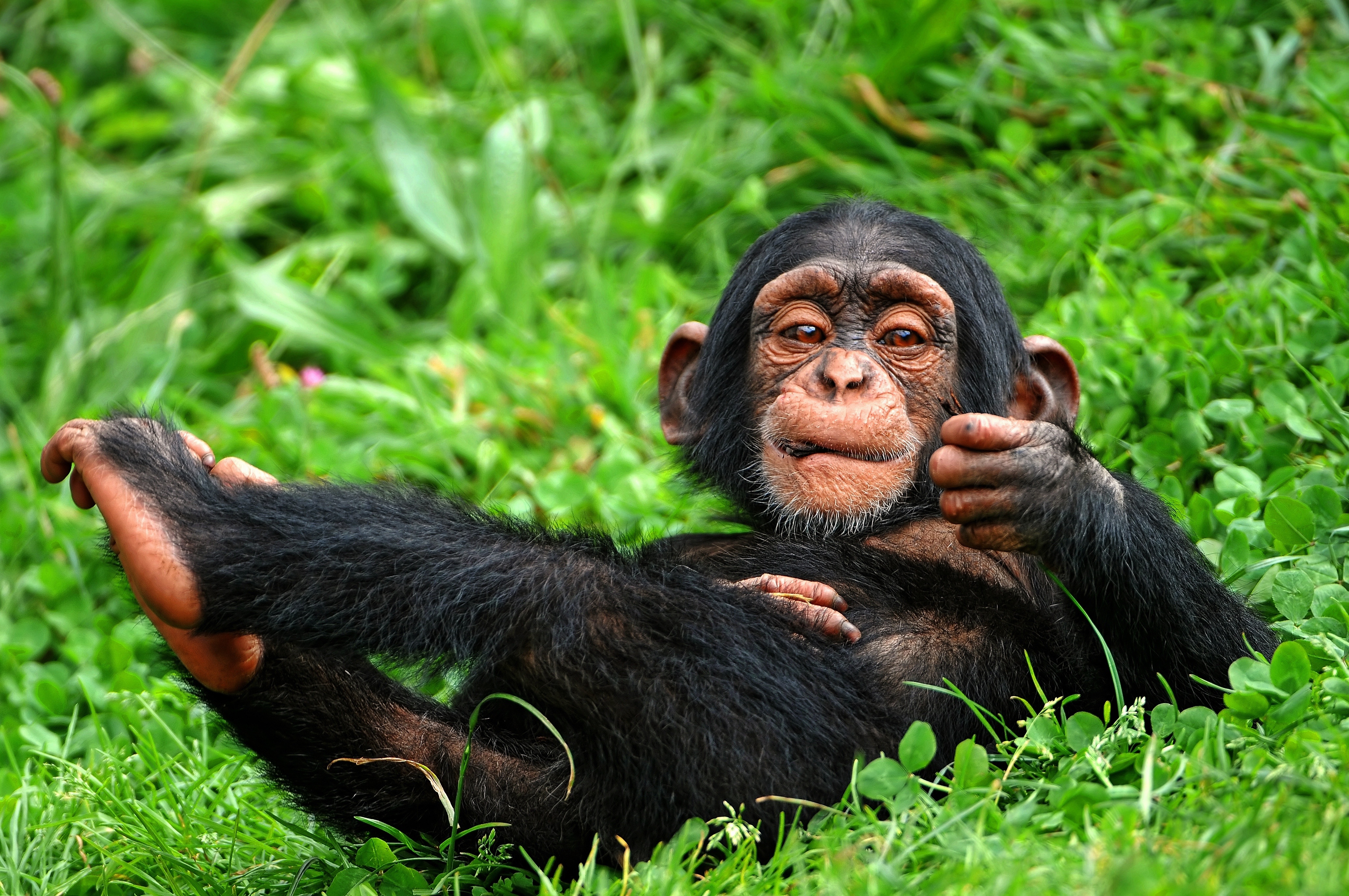

Platyrrhines are almost exclusively in the trees, and some have evolved tails that can grasp branches acting like a 5 th limb.Īpes do not have tails. Monkeys that spend most of their time in the trees usually have shorter limbs and a longer tail, while monkeys that spend most of their time on the ground tend to have longer limbs and a shorter tail. Monkeys are similar to other mammals in that they walk on all four limbs and have a tail. Lemurs have specialized lower incisors that are pushed together to form a tooth comb. Platyrrhines and strepsirrhines have a dental formula of 2.1.3.3, except for the aye-aye whose dental formula is 1.0.1.3/1.0.0.3. Tarsiers have a dental formula of 2.1.3.3/1.1.3.3. Catarrhines, apes, and humans all have a dental formula of 2.1.2.3. Because primates have more flexible diets and shorter faces, they have fewer and more generalized teeth. The average mammal has a dental formula of 3.1.4.3, meaning one side of the mandible has 3 incisors, 1 canine, 4 premolars, and 3 molars.

Most mammals are heterodonts, meaning they have multiple types of teeth consisting of some collection of canines, incisors, premolars, and molars.
#Are chimpanzee monkey or apes full#
In other platyrrhines, females have full color vision, while males are red-green colorblind. While most mammals can only see in black and white, catarrhines and howler monkeys have full color vision. Haplorrhiines usually have full bony enclosure, while strepsirrhines usually have a bony bar. Their skulls are distinguishable from the skulls of other animals partly because their eye sockets are protected by a bony bar or are fully enclosed by bone. Primates have forward facing eyes that give them both binocular vision and stereoscopic vision. Primates also have opposable thumbs that allow them to grab and manipulate opjects. They tend to have relatively shortened snouts, rely more on vision than smell, have five fingers and toes and have nails instead of claws. They have larger brains relative to their body size than other animals, and males tend to be larger than females. There are certain physical features that help set primates apart from other animals. Catarrhines have narrow downward facing nostrils, while platyrrhines have broad, flat, sideways facing nostrils. Lemurs and aye-ayes are found in Madagascar, galagos are found in Africa, and lorises are found in South East Asia.Ĭatarrhines and platyrrhines are distinguished by the shape of their nostrils. The strepsirrhines, or wet nose primates, includes lemurs, aye-ayes, lorises, and galagos. Apes are found in Africa and South East Asia, and tarsiers are found only in South East Asia. Haplorrhines are split into three groups: 1) the catarrhines, old world monkeys, apes, and humans 2) the platyrrhines, new world (South American) monkeys, and 3) tarsiers. The haplorrhiines, or dry nose primates, include monkeys, apes, humans, and tarsiers. The word haplorrhine translates to dry nose, and the word strepsirrhine translates to wet nose. Primates are organized into two groups, Haplorrhines and Strepsirrhines. What is a primate?Ī primate is a mammal in the order Primate. There are certain characteristics that define us as primates. We humans are primates, along with a lot of other apes and monkeys. We’re starting to understand the diverse behaviors in the order and the relationships between families a bit more. Today, the controversy is a tad less intense, yet rages on in some circles. Few debates have stirred such controversy as our own human relationship with the monkey.


 0 kommentar(er)
0 kommentar(er)
